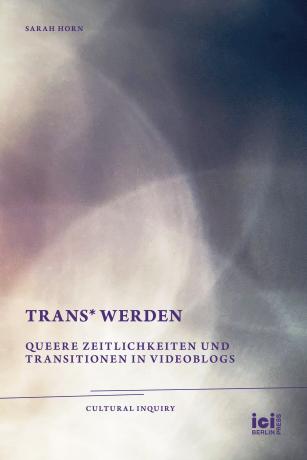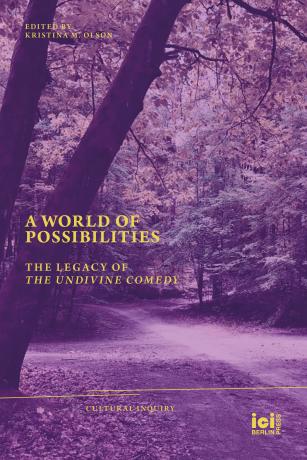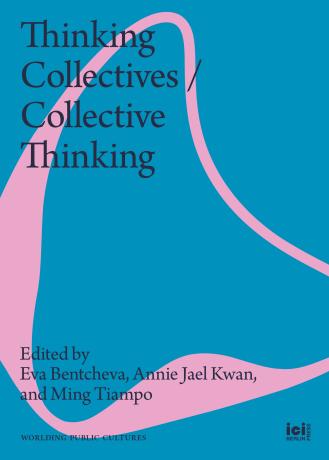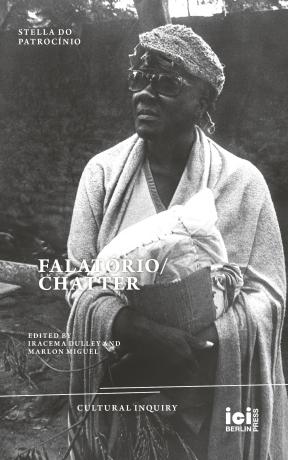ICI Berlin Press is an independent, non-profit publisher exploring the possibilities of a hybrid publishing model: OpenAccess electronic books with a print-on-demand option and the international distribution this model affords. Not bound by the protocols of conventional publishing nor the disciplinary boundaries of academic scholarship, it promotes radical lines of questioning, diverse voices, novel approaches.
Founded in 2019, the Press draws inspiration from but does not limit itself to the ongoing research projects of the ICI Berlin Institute for Cultural Inquiry.
Cultural Inquiry
The series ‘Cultural Inquiry’ is dedicated to exploring how diverse cultures can be brought into fruitful rather than pernicious confrontation.
Worlding Public Cultures
The series ‘Worlding Public Cultures’ aims to investigate the global dimensions of contemporary culture through the concept of ‘worlding’, an understanding of the world generated through continuous processes of world-making.
Hot Off the Press!
trans* Werden: Queere Zeitlichkeiten und Transitionen in Videoblogs
A World of Possibilities: The Legacy of The Undivine Comedy
Ed. by Kristina M. Olson
Thinking Collectives / Collective Thinking
Ed. by Eva Bentcheva
Annie Jael Kwan
Ming Tiampo
Catalogue
Want to Publish With Us?
ICI Berlin Press welcomes proposals for books. Please read the Submission Guidelines and contact the Press with the required materials at publishing@ici-berlin.org.





